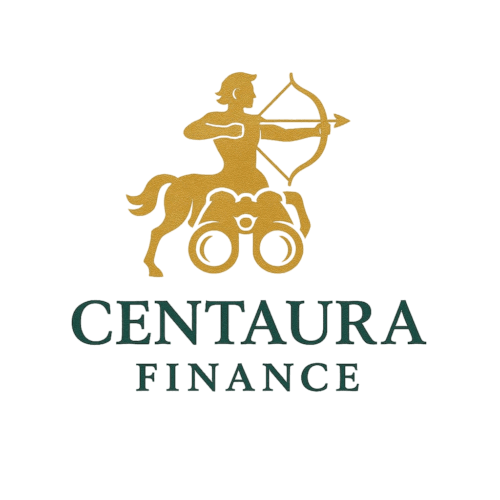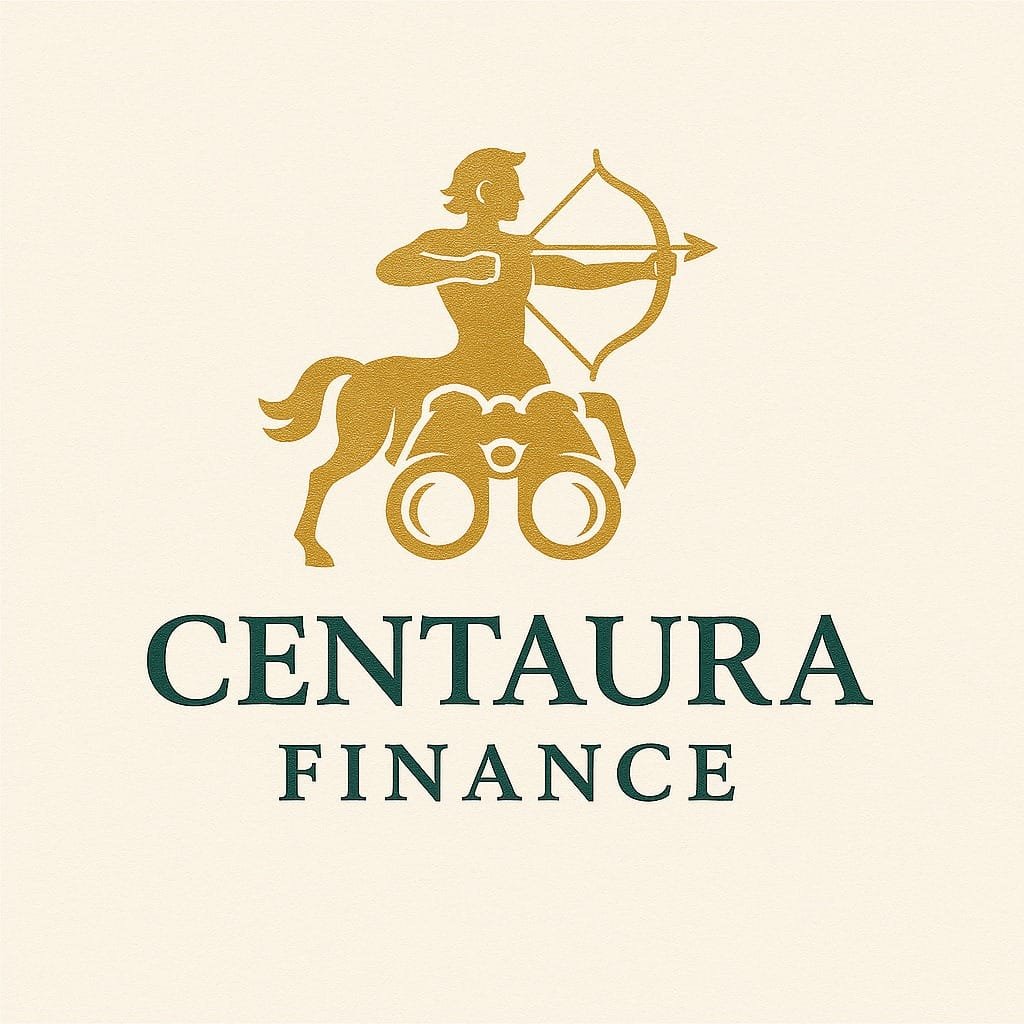Managing your money doesn’t have to be complicated. In today’s fast-paced digital world, fintech tools (financial technology applications) are making budgeting and saving more accessible, automatic, and even enjoyable. From intuitive mobile apps to AI-powered platforms, these tools help everyday people gain control over their finances, often with just a few taps on a smartphone.
Let’s delve in and explore the best fintech tools for budgeting and saving. Whether you’re trying to get out of debt, save for a home, or build long-term financial security, there’s a fintech tool to help you achieve your goals.
Why Use Fintech Tools for Budgeting and Saving?
Before diving into specific tools, it’s important to understand why fintech solutions are so effective:
Automation: Eliminate manual budgeting with auto-categorized spending and savings rules.
Real-Time Tracking: Monitor your expenses and balances live.
Data Visualization: Use graphs and charts to quickly see where your money goes.
Goal Setting: Create savings targets and get reminders to stay on track.
Accessibility: Manage money anywhere; on your phone, tablet, or computer.
With over 65% of Americans living paycheck to paycheck according to recent studies, fintech can be the game-changer that turns money stress into financial stability.
Key Features to Look For in Budgeting & Saving Tools.
When choosing a fintech tool, beginners should prioritize:
- Ease of Use: Simple interfaces for non-finance people.
- Bank Integration: Syncing with your checking, credit cards, and loans.
- Customization: Personalized categories and savings goals.
- Security: Encrypted data and multi-factor authentication.
- Cost: Free or affordable pricing tiers.
Now, let’s break down the best budgeting and saving tools available in the U.S. market.
- Mint – Best Free Budgeting App for Beginners.
Website: mint.intuit.com
Cost: Free (ad-supported)
Mint was developed by Intuit (maker of TurboTax and QuickBooks), and is one of the most popular fintech apps for personal budgeting. It’s especially useful for those just starting their financial journey.
Key Features
- Connects to bank accounts, credit cards, and loans.
- Automatically categorizes transactions.
- Visual spending charts and net worth tracker.
- Bill reminders and budget alerts.
- Credit score monitoring.
Pros
- Easy to set up and use.
- Completely free.
- Trusted and secure.
- Tracks a wide range of financial accounts.
Cons
- In-app ads can be distracting.
- Limited customization for categories.
Ideal For
People new to budgeting who want a simple, one-stop platform to monitor spending and track savings.
- YNAB (You Need A Budget) – Best for Proactive Budgeting.
Website: youneedabudget.com
Cost: $14.99/month or $99/year (34-day free trial).
YNAB uses a proactive approach; instead of just tracking past spending, it helps you plan where every dollar should go. It’s ideal for people who want to gain complete control over their finances.
Key Features
- Zero-based budgeting method.
- Assign every dollar a job (spending, saving, investing).
- Goal tracking and debt payoff features.
- Real-time syncing with bank accounts.
- Community support and financial workshops.
Pros
- Empowers users to manage money intentionally.
- Excellent learning resources.
- Great for long-term financial planning.
Cons
- Steeper learning curve for Beginners.
- Monthly fee.
Ideal For
Those who are serious about budgeting and want to break the paycheck-to-paycheck cycle.
- Empower (Formerly Personal Capital) – Best for Budgeting + Wealth Tracking.
Website: empower.com
Cost: Free (wealth management services available for a fee).
Empower blends budgeting with investment tracking, making it a powerful platform for users who want to grow their wealth while managing everyday expenses.
Key Features
- Budgeting dashboard with customizable spending goals.
- Real-time net worth calculation.
- Retirement planner and investment fee analyze.
- Syncs with checking, savings, credit, and brokerage accounts.
Pros
- Clean, professional interface.
- Detailed investment insights.
- Free to use for most budgeting features.
Cons
- Focuses more on wealth than basic budgeting.
- Occasional sales pitches for wealth management services.
Ideal For
Mid-level earners looking to manage both day-to-day budgets and long-term financial health.
- PocketGuard – Best for Simplicity and “Safe-to-Spend” Feature.
Website: pocketguard.com
Cost: Free basic plan; Plus version at $7.99/month.
PocketGuard makes budgeting incredibly simple with its “In My Pocket” feature that shows how much you can safely spend after bills and savings goals.
Key Features
- Links to all financial accounts.
- Tracks subscriptions and recurring bills.
- Bill negotiation tools.
- Budget insights and smart savings suggestions.
Pros
- Very beginner-friendly.
- Emphasizes spending limits and savings.
- Smart algorithms for financial insights.
Cons
- Free version has limited features.
- Fewer advanced customization tools.
Ideal For
Anyone who needs a no-fuss, easy-to-understand app for budgeting on the go.
- Goodbudget – Best Envelope Budgeting System.
Website: goodbudget.com
Cost: Free version; Premium at $8/month or $70/year.
Inspired by the old envelope method, Goodbudget is a digital system where you allocate cash to “envelopes” like groceries, rent, entertainment, etc.
Key Features
- Envelope-style budgeting system.
- Track income, expenses, and goals.
- Syncs across devices for couples or families.
- Exportable data and reports.
Pros
- Great for people who like hands-on budgeting.
- Encourages mindful spending habits.
- Allows for family collaboration.
Cons
- Doesn’t connect directly to bank accounts (manual entry required).
- Limited automation.
Ideal For
Cash-conscious individuals or families who want to plan every dollar and avoid overspending.
- Digit – Best for Automated Saving.
Website: digit.co
Cost: $5/month
Digit analyzes your spending patterns and automatically transfers small amounts into a savings account, without you needing to think about it.
Key Features
- Automatic daily savings transfers.
- Savings goals (vacation, emergency fund, etc.).
- Overdraft prevention.
- Can pay down credit cards and student loans.
Pros
- Hands-off savings.
- Works behind the scenes.
- Helpful for people who “forget” to save.
Cons
- Monthly fee for a simple service.
- Less budget management, more saving.
Ideal For
Busy users who want to save effortlessly and are comfortable with automated withdrawals.
- Qapital – Best for Goal-Based Saving.
Website: qapital.com
Cost: $3 to $12/month (based on tier).
Qapital blends behavioral psychology with savings automation. It allows users to create savings “rules,” like rounding up every purchase and saving the difference.
Key Features
- Rule-based saving: roundups, set-and-forget, guilty pleasures.
- Joint goals for couples or friends.
- Paycheck allocation tools.
- Debit card and FDIC-insured savings account.
Pros
- Fun, gamified saving experience.
- Personalized saving habits.
- Visually appealing mobile interface.
Cons
- Not free.
- Some budgeting features are limited compared to competitors.
Ideal For
Millennials, Gen Z, and visual learners who thrive on setting and seeing tangible goals.
- Albert – Best AI Assistant for Budgeting and Saving.
Website: albert.com
Cost: Free basic plan; Genius tier starts at $8/month.
Albert offers a smart mix of budgeting, saving, and investing tools with the help of “Albert Genius,” an AI financial assistant supported by human experts.
Key Features
- Auto-save features.
- Real-time budgeting insights.
- Personalized finance tips.
- Access to human finance advisors (paid version).
- Cash advances and investment features.
Pros
- All-in-one platform.
- Easy for Beginners.
- AI recommendations grow smarter over time.
Cons
- Some features locked behind paywall.
- Limited advanced customization.
Ideal For
Tech-savvy beginners who want AI-powered guidance and human support rolled into one.
How to Choose the Right Fintech Tool.
When selecting a fintech platform, ask yourself:
- Do I prefer manual control or full automation?
- Am I focused on budgeting, saving, or both?
- Do I need free tools or am I willing to pay for premium features?
- Is syncing with my bank or credit card important to me?
- Do I want investment tools included?
You might even combine two or more apps: for example, using Mint for expense tracking and Digit for automated saving.
The fintech revolution is making it easier than ever for Americans to gain control over their finances. Whether you’re starting from scratch or fine-tuning your financial game plan, there’s a tool that fits your style.
These apps don’t just help you budget and save, they transform your relationship with money. You get clarity, control, and confidence, often without lifting more than a finger.
Ready to take the next step?
Pick a tool that aligns with your goals. Try it out for 30 days. Track your progress. Even the smallest financial win, like saving $50 you didn’t know you could, can be the start of something big.


